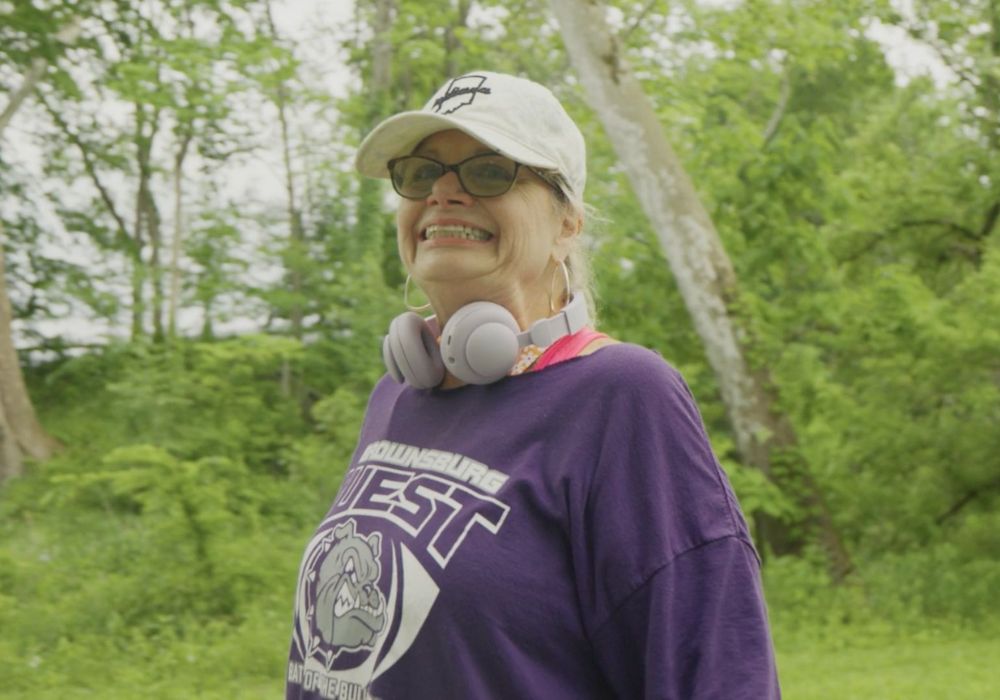Falls can happen to anyone, but as we age, the risk of falling increases significantly. According to the World Health Organization, falls are the second leading cause of accidental injury and death worldwide. However, the good news is that many falls can be prevented with the right knowledge and precautions. In this comprehensive guide, we will explore the causes of falls, the risk factors involved, and most importantly, the strategies and tips for fall prevention.
Understanding the Causes of Falls
Before diving into fall prevention strategies, it’s essential to understand the various factors that contribute to falls:
- Environmental Hazards: Cluttered spaces, slippery floors, uneven surfaces, and poor lighting can all increase the risk of falls.
- Medical Conditions: Certain medical conditions, such as osteoporosis, vision problems, and neurological disorders, can affect balance and coordination.
- Medications: Some medications, particularly those that cause dizziness or drowsiness as side effects, can increase the risk of falls.
- Muscle Weakness: Weak muscles, especially in the legs and core, can make it harder to maintain balance and prevent falls.
- Lack of Physical Activity: A sedentary lifestyle can lead to muscle atrophy and reduced flexibility, making falls more likely.
Identifying Risk Factors
To effectively prevent falls, it’s crucial to recognize the risk factors that apply to your situation. Here are some common risk factors to consider:
- Age: Older adults are at a higher risk of falling due to changes in balance and muscle strength that occur with age.
- Previous Falls: If you’ve fallen before, you’re more likely to fall again.
- Medications: Review your medications with your healthcare provider to identify any that may increase your fall risk.
- Chronic Health Conditions: Conditions like diabetes, arthritis, and heart disease can impact balance and mobility.
- Vision Problems: Poor vision or untreated eye conditions can make it difficult to spot hazards.
Fall Prevention Strategies
Now that we’ve covered the causes and risk factors, let’s explore effective fall prevention strategies:
- Regular Exercise: Engaging in regular physical activity, particularly strength and balance exercises, can improve muscle strength and coordination.
- Medication Management: Discuss your medications with your healthcare provider to identify any that may increase fall risk. Adjustments or alternative medications may be possible.
- Vision Checkups: Have your vision checked regularly and update your eyeglasses or contact lenses as needed.
- Home Safety: Make your home fall-proof by removing clutter, securing rugs, installing handrails, and ensuring adequate lighting, especially in hallways and staircases.
- Footwear: Wear supportive, well-fitting shoes with non-slip soles both indoors and outdoors.
- Nutrition: Maintain a healthy diet rich in calcium and vitamin D to promote strong bones.
- Regular Health Checkups: Visit your healthcare provider for regular checkups to monitor and manage chronic health conditions.
- Stay Hydrated: Dehydration can lead to dizziness, so ensure you’re drinking enough water throughout the day.
- Assistive Devices: If needed, consider using assistive devices like canes or walkers to aid mobility.
- Fall Detection Devices: For added safety, consider using fall detection devices or alert systems that can automatically call for help in case of a fall.
- Educate Yourself: Learn about fall prevention techniques and stay informed about potential risks.
- Stay Mindful: Pay attention to your surroundings and any potential hazards, whether you’re at home or out in the community.
- Balance and Tai Chi Classes: Consider enrolling in balance or Tai Chi classes, which are excellent for improving stability and reducing fall risk.
Conclusion
Falls can have serious consequences, especially for older adults, but the majority of them are preventable. By understanding the causes and risk factors of falls and implementing proactive strategies for fall prevention, you can significantly reduce your risk and maintain your independence and well-being. Remember, it’s never too late to start working on fall prevention, and the benefits are well worth the effort. Stay safe and stay on your feet!
Schedule an appointment
Your well-being is important to us. Click the button below or call us to schedule an appointment with one of our orthopedic specialists. If your injury or condition is recent, you can walk right into one of our OrthoIndy Urgent Care locations for immediate care. For rehabilitation and physical therapy, no referral is needed to see one of our physical therapists.




